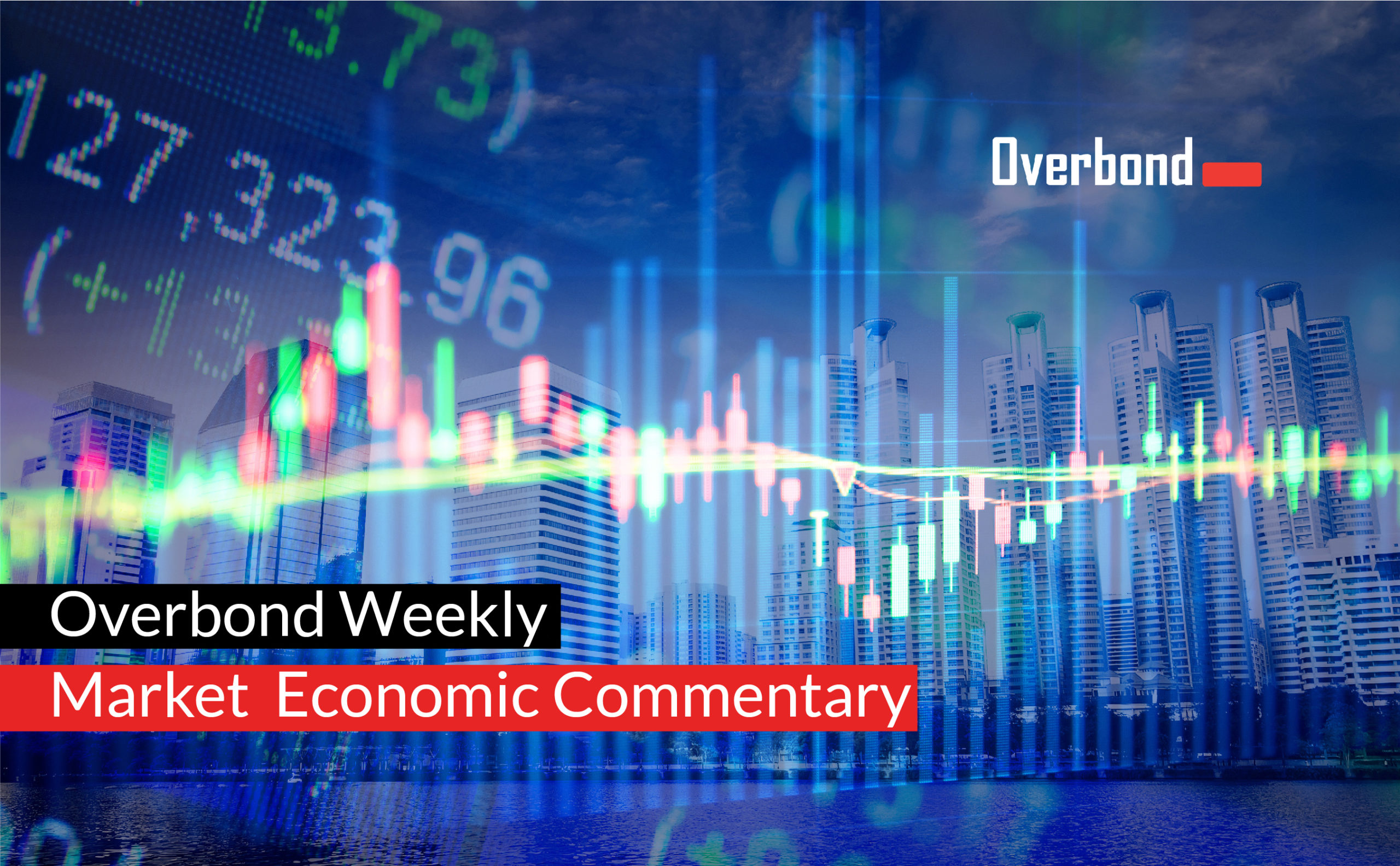

We live in a strange time where much weaker-than-expected US nonfarm payrolls data on Friday sends stocks higher merely on the expectations for delayed tapering and lower rates for longer. As such, bad is somehow good, at least in the eyes of the US equity investor. 10-year government bond yields themselves moved higher in both the US and Germany this past week, led by real yields in the former and inflation expectation-proxy break-evens in Germany. This week’s main event in Europe is Thursday’s ECB meeting, while in the US, the focus turns to Washington with a pivotal month of Congressional haggling over the $3.5 trillion dollar reconciliation package, bi-partisan infrastructure legislation, and the debt ceiling ahead.
The German benchmark government curve saw a noticeable bear-steepening this past week, led by a +9-basis point increase in 30-year yields. 10s moved up by +5 bps to -.34%, versus what looks like 7-month double-bottom lows near the -.50% level. Over the past week, month and 3-months 10-year inflation breakevens are seen higher by +12, +16, and + 21 basis points respectively, as per linker market pricing, on the back of ever-strengthening evidence of inflation in Europe and elsewhere. Corporate spreads in EUR were little changed on a week-over-week basis. 10-year IG spreads held steady near 93 bps, holding still the prevailing range, while high yield spreads edged just inside the 300-basis point level. The DAX index continues to hold the 15800-16000 band of upside resistance, looking for fresh direction.
As above, the highlight in Europe this week is Thursday’s ECB policy meeting. Overall recovery in Europe on top of inflation numbers nowhere near or at least not as yet supportive of any transitory argument gives the usual suspect policy hawks ammo for an immediate reduction in PEPP bond purchases. That said, we do not expect the consensus to be swayed just yet, and may instead see a dropping of the “significantly higher” language with respect to the pace of purchases in place since March. At most, an actual reduction to 60 billion euros in purchases from the current 80 billion may accompany the shift in text. Other things to watch for are the extent to which the ECB remains fixed in its assessment of inflation as transitory, discussion on how the Covid variants come into play as a risk factor to extended recovery, and signs on what an exit strategy to existing emergency policies may look like.
The overall economic calendar in Europe is on the light side this week. Monday saw the release of stronger-than-expected German factory orders, less positive in terms of mth-to-mth change however compared to the previous month. On Tuesday, the German ZEW sentiment index fell sharply to a below consensus 26.5 in September from 42.7 in August. It was the fourth consecutive monthly decline, with 26.5 now the lowest reading since the initial pandemic shock in 2020. German industrial production came out precisely as expected. The balance of the week features German imports & exports data on Thursday, final German HICP inflation for August and UK manufacturing & industrial production numbers on Friday. Government supply in Europe this week is limited to the German 10-year Bund auction on Wednesday.
US benchmark government yields rose on a week-over-week basis, led by a +6 basis point increase in 10s to 1.37%. Most of the increase in the nominal yield was attributable to a rise in its real yield component, as opposed to inflation expectations, as per 10-year TIPS market pricing. The 2-10s curve, anchored in the front end by reinforced Fed-on-hold indefinitely expectations, steepened to 116 basis points. 10-year investment grade (IG) spreads held steady just inside 140 basis points, while high yield spreads tightened. Over the past 3 months, BB spreads are seen in roughly -18 bps to the current 229 basis points, against marginal increases in both single-A and BBB spreads.


